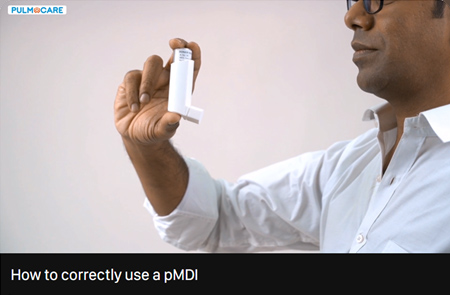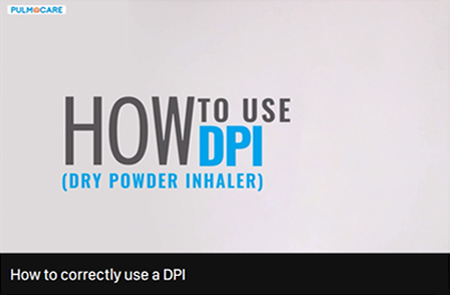Blog Details


Asthma inhalers are handheld, portable devices that administer medication to your lungs. To assist and control asthma symptoms, a range of asthma inhalers are available. Finding the proper one and utilizing it correctly might assist you in preventing or resolving asthma symptoms and episodes
To select the ideal inhaler for you, you must strike a balance between the right medicine and the right type of inhaler for your needs, as well as your ability to use the inhaler appropriately. Training from your doctor or another health care practitioner is required to learn how to operate the inhaler appropriately.
Based on the Type of Medication Delivered, there are Two Primary Classifications for Inhalers: Controller and Rescue Inhalers.
Inhalers are classified into two categories: controller inhalers and rescue inhalers. Controller inhalers are used for delivering controller medications on long-term basis. These inhalers are used regularly and help in the long-term control of asthma symptoms, while rescue inhalers are used for delivering rescue medications for quick relief. They are used intermittently to relieve asthma symptoms [breathlessness]. They help in the delivery of inhaled medications and provide great help in relieving life-threatening asthma attack.
Medications in rescue inhalers are quick-acting; they relieve breathlessness on a primary basis. These medications are also referred to as short-acting bronchodilators as they help open up the constricted airway brought on by an asthma attack. These devices are, therefore, used for emergency and rescue treatment. These devices are effective within minutes of use and the effects of its use last for 2 to 4 hours. Rescue inhalers can also be used preventatively in selective conditions, such as before exercise, in order to avoid exercise-induced asthma attacks or episodes.
Recently, the concept of using 2 different inhalers has been updated to using one single inhaler. This form of therapy is called SMART therapy. SMART therapy for asthma means needing only one inhaler for both “daily” and “rescue” asthma treatment. A SMART treatment inhaler contains two medications: a corticosteroid and a long-acting beta-2 agonist (LABA) called formoterol.
Depending on the mechanism of medication delivery, Inhalers are classified in two types: Metered Dose Inhalers and Dry Powder Inhalers.
Metered dose inhalers comprise of a pressurized canister whose function is to hold the medication. When the canister is pushed/actuated into the boot, medication is released through the opening into your mouth cavity, which is then available for inhalation to enter lungs.
Some metered dose inhalers facilitate automatic release of medication when you inhale [breath-actuated metered dose inhalers]. A few metered dose inhalers include dose counters so you can see how many doses are remaining for inhalation. Some newer models employ technology to assist you in counting dosages through a mobile application installed onto your phone.
Spacers are used to overcome the co-ordination errors associated with metered dose inhalers. Spacer serves as a holding chamber. They have a mouthpiece at one end and on the other end, you can fit your metered dose inhaler. When metered dose inhaler is actuated, it delivers the medication in the spacer which retains it in a tube between the inhaler and your mouth. By releasing the medication into the spacer, you may inhale more slowly, increasing the quantity of medication that enters your lungs and increase its effectiveness. A spacer might help some patient population, such as children or older adults, to inhale a sufficient quantity of dose. A prescription is required for spacers [holding chambers with valve] and holding chambers [holding chambers without valve].
A metered dose inhaler use has 12 steps in total. Following the correct usage can help in depositing the right amount of medication in the lungs.
Dry powder inhalers [DPIs] are another popular type of inhaler used in India to deliver asthma medication. As the name suggests, medication is present in the form of dry powder in this inhaler. Patients have to inhale fast and deep to inhale the powdered medication present in DPI. A multiple dose DPI may hold up to 200 doses while some devices [Single dose DPI] may require you to insert a pill right before every use.

Soft mist inhalers are propellant-free devices and are a little larger in size than your average metered dose inhalers. Unlike meter dose inhalers and DPIs, soft mist inhalers release a low-velocity aerosol mist that can be gradually inhaled over a short period of time. A face mask may be required in order to use a soft mist inhaler, especially in case of children.
The mouthpiece can be wiped by a damp, clean cloth on a weekly basis.
For those unable to use either a meter dose inhaler or a DPI, other types of asthma inhalers include:
Cleaning instructions may be mentioned on product packaging for the above
Contact your general physician to understand which inhaler might be best suited for you. To make best use of your inhaler, ensure the following:
© 2025 Healthy Lungs.